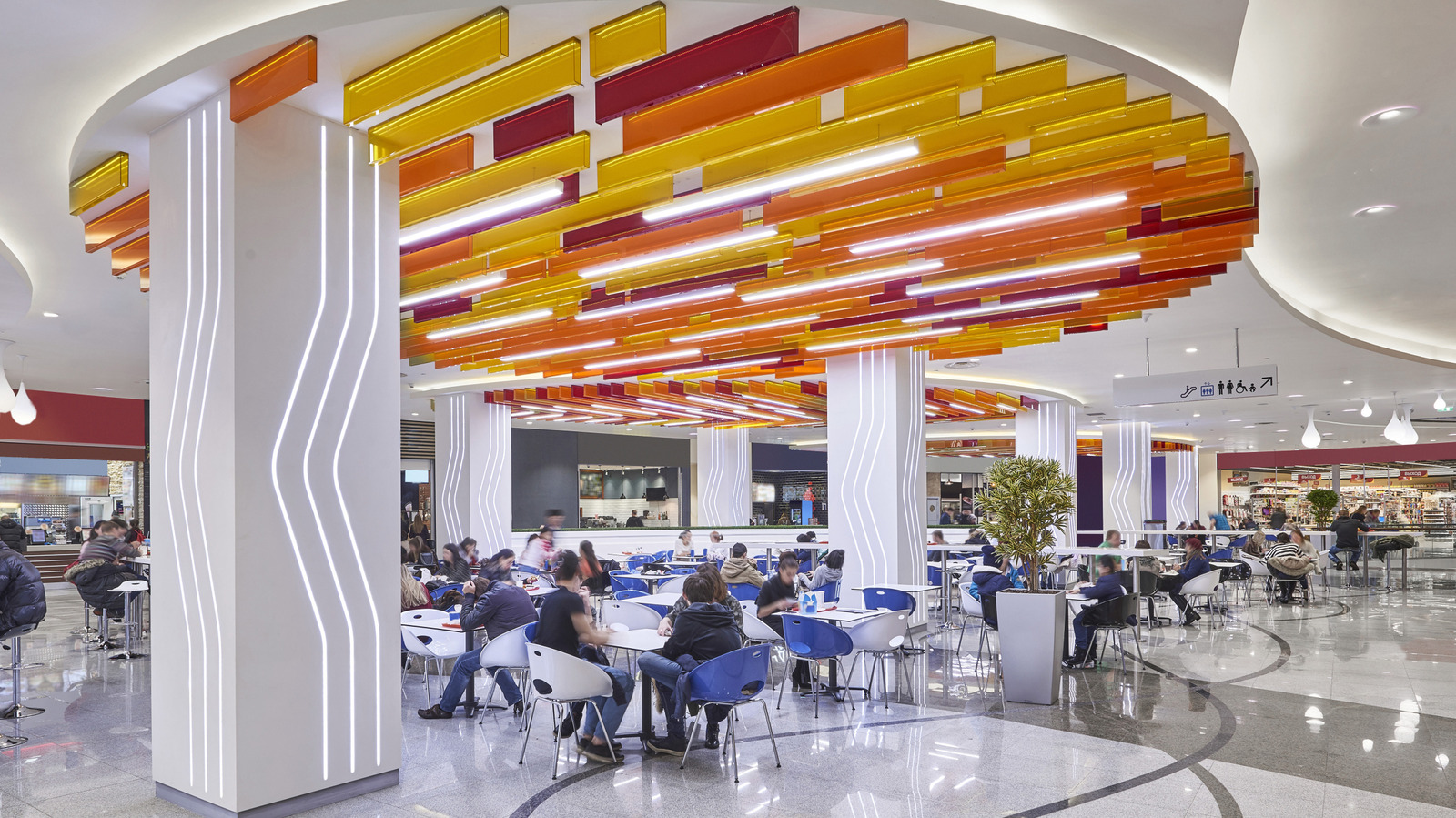
"Imagine you're meeting up with friends at a place with multiple eateries under the same roof - your instinct is, likely, to call it a food court. However, the scenario is actually more ambiguous than it used to be. Old-style food courts now have culturally cognitive "cousins" known as food halls. While they do bear similarities - namely communal eating areas and many cuisines to choose from - the differences between food halls and food courts come down to ambiance, location, food quality, and menu diversity."
"Food courts are typically clusters of national restaurant chains, with the intention of providing convenience. They're usually located inside of malls or shopping centers like Costco and Sam's Club, and airports, universities, or large business complexes. Food halls, on the other hand, lean toward independent restaurants and local chefs dishing out high-quality, curated cuisine. The atmosphere is less hurried, encouraging diners to linger and connect. Food halls also occupy less-commercial spaces and increasingly show up in well-known public markets or even grand, historic metro train stations."
Food halls and food courts share communal seating and multiple dining options but differ in ambiance, location, and culinary focus. Food courts favor national chains and fast, affordable service aimed at convenience in malls, airports, universities, and large complexes. Food halls favor independent vendors, local chefs, and higher-quality, curated menus that invite lingering and social connection. Food halls often appear in markets, historic venues, or less-commercial spaces and pair dining with local breweries, specialty markets, entertainment, and chef-driven offerings for a fuller community immersion.
Read at Tasting Table
Unable to calculate read time
Collection
[
|
...
]